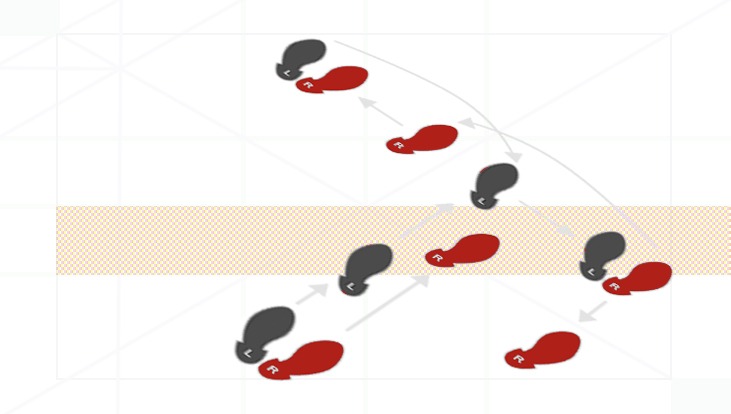As a designer, when I approach a canvas or any project, I begin with one of the great axioms of design, “the solution is in the problem; if you can’t find the solution, then you haven’t clearly defined the problem.” One of the ubiquitous problems that creatives have is getting started; there are few things more intimidating than a big blank canvas, be it stretched canvas or designing a poster or magazine. One of my tricks for getting past white canvas syndrome is to begin by looking at the canvas as a designer and looking at the rules of the space.
In publication design, you can’t do anything until you know the physicality of the medium. If you are designing a magazine, you have to know the size, the page count, the weight of the paper, the printing mythos, how many colors on the run, etc. From there you make decisions regarding margin, gutter, grid, folio, styles, and don’t even get me started on typographic decisions. This is what I call defining the rules of the game; you are defining all of the parameters that will inform subsequent decisions. You may find that you hit a roadblock where the parameters you’ve defined don’t allow for the flexibility to meet the requirements of the document or your vision; the form isn’t satisfying the function. Well here is the great thing about the rules, they are your rules and you can change them. I like to say that the rules of art and design are like the pirate code; to quote Captain Barbosa, “The code is more what you’d call ‘guidelines’ than actual rules.” But you have to have rules, otherwise your project becomes “CalvinBall”.(1)
Immediately perceptible proportions / divisions of a canvas for most people are the whole, halves, quarters and thirds. Those are absolutes inherent in the canvas. The next perceptible interval will be a base unit defined by the internal margin of the piece: at what point does something draw more emphasis to the interior or exterior of the canvas? There isn’t a silver bullet for what the margin should be; however, it will usually be defined as the element closest to the edge of the canvas without kissing or breaking the edge. That interval is visually continued around and through the canvas and adds another rule to the scenario, “this unit defines the margin and becomes a base unit from which other decisions can be made.”
If nothing else, addressing the canvas in this way both begins to direct the composition and get you past the white canvas. In making those initial marks and decisions, it is a bit like cutting the ribbon as one enters a new journey of creative expression.

This is one of the pieces that I am currently working on and I have illustrated how the grid informs the composition. If you notice in the upper right corner, the base unit (the square) of the composition defines the margin and that unit subsequently informs the rest of the composition.
(1)Calvinball



